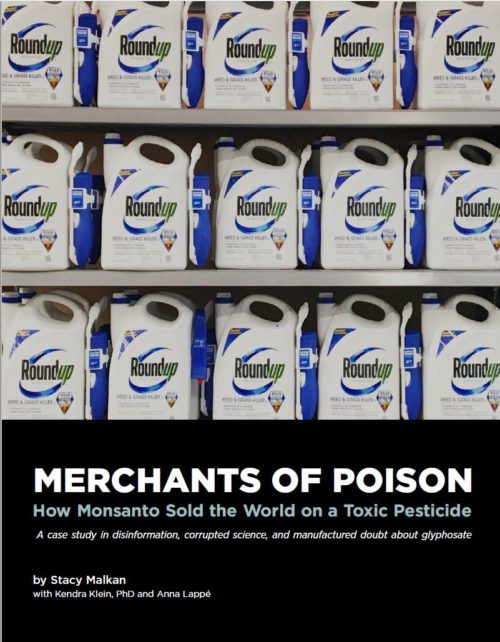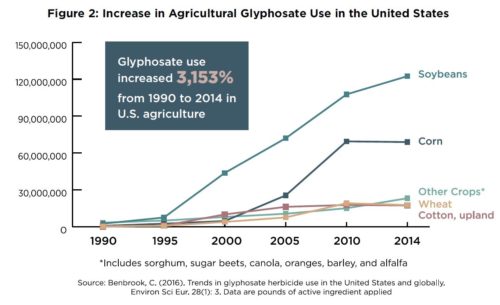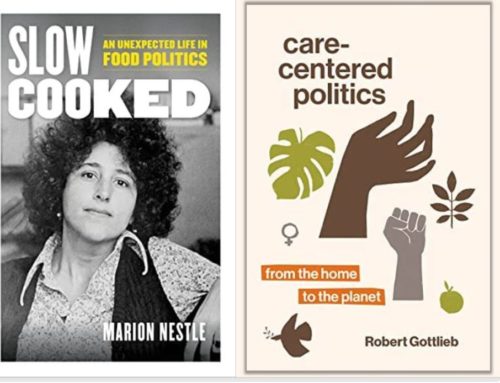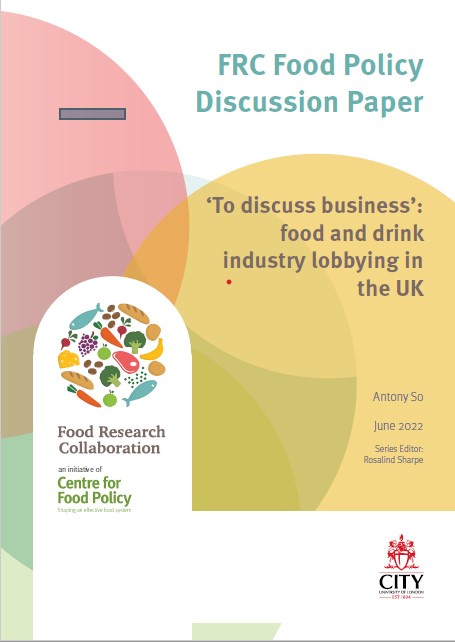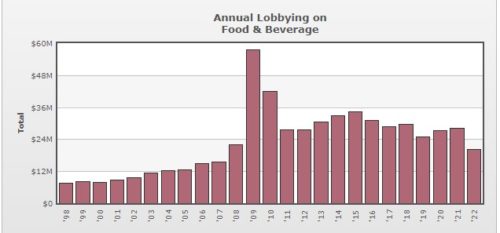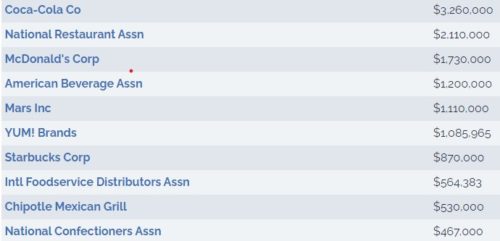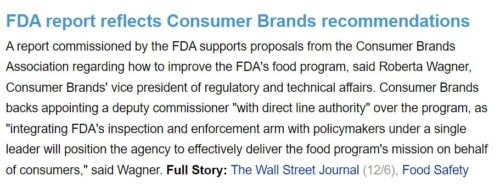Industry-funded study of the week: Grapes!
Thanks to Larissa Zimberoff (“Technically Food”) for forwarding this gem of a press release.
Grape Consumption Helps Counter UV Damage to Skin
Recent study reinforces promising role of grapes in photoprotection
A recent human study published in the scientific journal Antioxidants found that consuming grapes protected against ultraviolet (UV) damage to the skin.[1] Study subjects showed increased resistance to sunburn after consuming 2 ¼ cups of grapes [sic] every day for two weeks. Additionally, subjects displaying UV resistance also demonstrated unique microbiomic and metabolomic profiles suggesting a correlation between the gut and skin. Natural components found in grapes known as polyphenols are thought to be responsible for these beneficial effects.
The title alone makes me ask: Who paid for this?
Here’s the study: [1] Pezzuto, J.M.; Dave, A.; Park, E.-J.; Beyoğlu, D.; Idle, J.R. Short-Term Grape Consumption Diminishes UV-Induced Skin Erythema. Antioxidants 2022, 11, 2372. https://doi.org/10.3390/antiox11122372
Funding: “This work was supported in part by the California Table Grape Commission (J.M.P and J.R.I./D.B.).” The funding statement continues:
The sponsor was not involved in the preparation of the article; in the collection, analysis and interpretation of data; in the writing of the report; or in the decision to submit this article for publication.
Comment: That’s what they all say, despite much overall evidence to the contrary.
Why the sic? The study was not, in fact, done wtih grapes., It was done with “whole grape powder – equivalent to 2.25 cups of grapes per day – for 14 days.”
Are powdered grapes the same as whole grapes? Would anyone be willing to eat 2.25 cups of whole grapes every day for 14 days?
I like grapes, and grow two kinds on a fence in Ithaca, some for eating, the Concord ones for jam. Grapes are fruit. Fruit is good for health. Eat them if you like them. They are useful parts of healthy diets.
Are grapes the only fruit that helps counter UV damage to skin? I doubt it. But I’m guessing sunscreens work better.
********
For 30% off, go to www.ucpress.edu/9780520384156. Use code 21W2240 at checkout.


